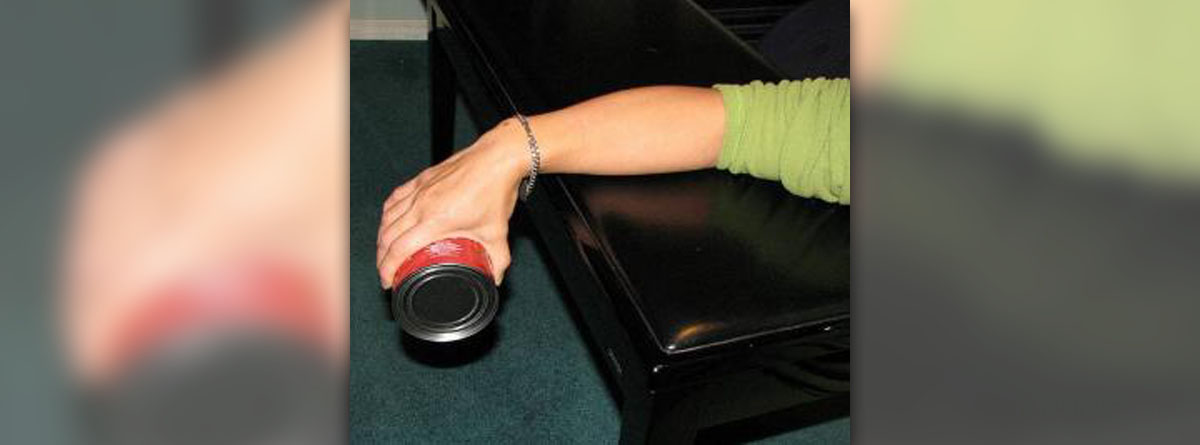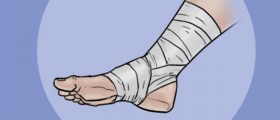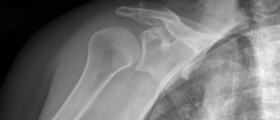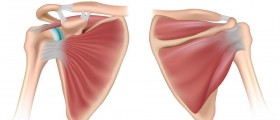
Calcific tendonitis is a type of tendonitis in which hydroxyapatite accumulates in one or more tendons of the body. The condition predominantly affects the tendons of the rotator cuff (the shoulder). The calcifications are approximately 1-2 cm in size and usually affect people between the age of 30 and 40. Patients suffering from diabetes are prone to calcific tendonitis. Even though these calcifications are generally painless some patients may still complain about pain.
Causes and Progression of Calcific Tendonitis
The scientists have not identified the underlying cause of calcific tendonitis. There are, however, several hypothesis that have not been proven yet.
The condition progresses in a predictable manner. Precalcification stage is generally asymptomatic and during this stage the site where calcific changes will eventually develop undergo specific cellular changes. In calcific stage calcium creates deposits and what follows is a resting phase. The length of resting phase differs among patients. After the resting phase the condition enters the most painful stage of calcific tendonitis called resorptive stage. Postcalficic stage is free of pain. In this stage calcium deposits disappear and the normal appearance of the rotator cuff tendon or other affected tendon is restored.
Treatment for Calcific Tendonitis
Patients suffering from calcific tendonitis of the rotator cuff, especially those with a stiff shoulde,r can benefit from exercises and stretching. One of possible complications of calcific tendonitis is a frozen shoulder. This complication is associated with pain. This is why physical therapy can be very helpful in both, dealing with symptoms and signs of the condition and preventing potential complications. Pain caused by calcific tendonitis is alleviated with anti-inflammatory medications. Another conservative therapy is application of moist heat. Namely, by applying a warm cloth onto the shoulder the pain can be suitably relieved. The treatment will successfully control the symptoms and in many patients calcium deposits will eventually dissolve.
Surgery for calcific tendonitis is only indicated in case symptoms linger or even progress in spite of conservative treatment and if pain is permanent and interferes with every day activities. Needling , for example, is performed by a surgeon. It is performed under anesthesia and the doctor places a large needle into the very deposit. He/she tries to aspirate or suck out as much of the deposit as possible. What follows is an injection of different substances such as saline, Novocain or cortisone into the deposit. Excision of the deposit is a much more complex procedure and is only performed in case of chronic calcium deposits. The deposit is removed through a small incision during shoulder arthroscopy. After both procedures patients undergo physical therapy.

















Your thoughts on this
Loading...